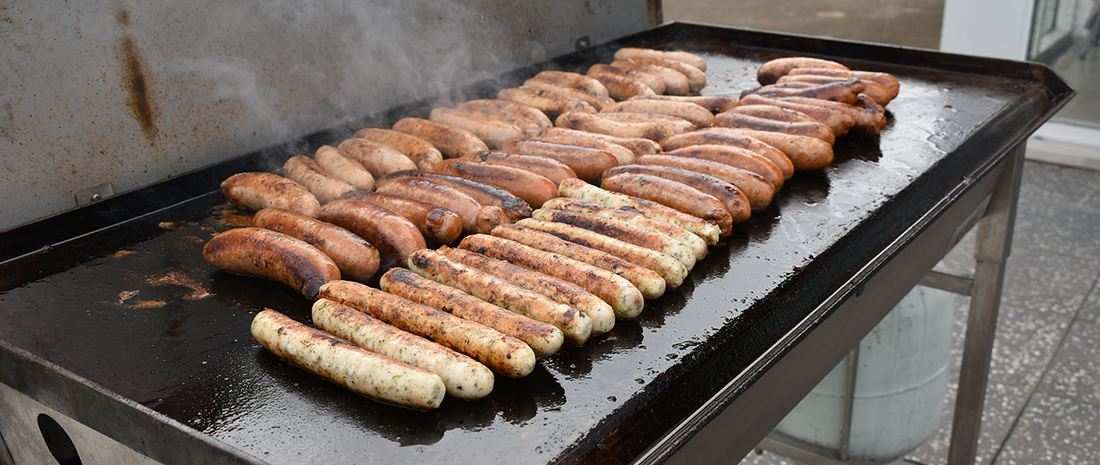
How to Season Your Heatlie BBQ Hot Plate
Turning your Heatlie BBQ on for the first time can be an exciting moment and marks the start of decades of quality barbecuing. As such, it can be tempting to immediately cook your favourite meats and veggies on your new BBQ. However, to deliver the best results on your Heatlie mild steel or stainless-steel hotplate, it's beneficial to take the time to prepare your BBQ before you start cooking with it.
Why is Seasoning Your BBQ Plate Important?
Seasoning your barbecue is important for a few reasons...
- Reduces the likelihood of food sticking to the hotplate.
- Ensures the longevity of the plate.
- Protects from oxidisation (rust)
- Helps spread heat more evenly across the plate
- Increases heat retention
Heatlie BBQ plates are like fine wine, they get better and better with age as these qualities become more pronounced.
What does a well seasoned Heatlie BBQ Plate look like?
When you first receive your Heatlie plate, it will have a silvery, matt like finish. See below...

As you begin to cook on it, the heat and the metal react with each other, turning the metal brown. For mild steel, this will start as small patches over the burners, and after several cooks, the whole plate will be covered in an even brown colour. As seasoning develops on top of this discolouring, it turns slick and shiny. See below...

This is what you should aspire your plate to look like.
Stainless steel plates will look like below, with two big discoloured streaks across the plate. This indicates how and where stainless steel is spreading the heat, with high concentration over the burners and less so around the edges.

Steps for Seasoning Your BBQ
This easy guide is primarily to help you season your Heatlie BBQ hotplate although it can also be applied to other steel cooking instruments such as your pots and frying pans.
This will provide you with the best cooking surface to help you produce quality meals on your Heatlie BBQ.
- Wash your steel hotplate using warm soapy water until the factory lanolin oil is gone and the plate doesn't feel tacky anymore.
- Rinse and dry hotplate.
- Turn on the barbecue and apply an even layer of cooking oil (canola, peanut, avocado work well - avoid olive) with a scraper or brush across the whole plate. Turn both burners to high and heat for 2 minutes.
- Turn off the barbecue.
- Wipe off the layer of oil.
You can repeat this a couple times to further improve that initial seasoning layer, but you'll find that simply cooking on it from here will do the job.
Maintaining the Seasoning
- After cooking, scrape loose food particles off the hotplate. Do not wash with water or soap at this stage as it will dissolve the grease and encourage rust.
- Apply a layer of cooking oil and spread across plate.
- Next time you use the BBQ, pre-heat the hotplate and burn off the oil, and then you are ready for use again.
Resetting the Seasoning
If you've neglected your BBQ over the years and seasoning has developed uneven patches, or simply looks in a poor state, you can re-do at any time. It will require some elbow grease however...
- Get a heavy duty scraper and start scraping. Take it back to a point where you feel it is even all over. If it is in a really bad state, a Heat Activated cleaning kit can help to break down the layers.
- Coat with a layer of cooking oil.
- Heat for 2-3 minutes on high.
- Turn off and wipe away a layer of oil.
- Repeat if needed.
If your BBQ is in need of a serious deep clean, check out our or our blog on how to restore an old BBQ.
